The State of Cloud Security: Risks, Trends, and Solutions
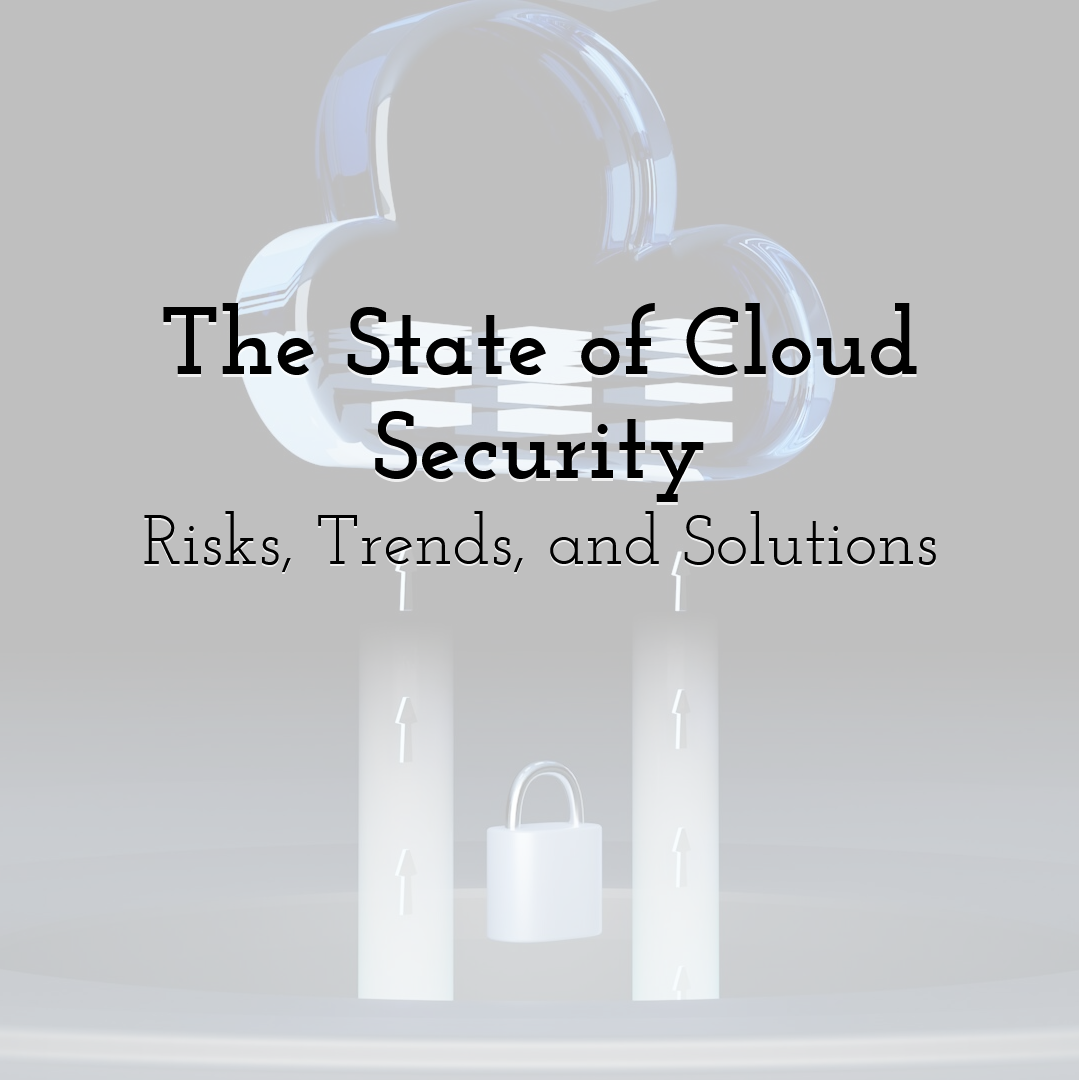
Cloud security remains one of the most pressing concerns for organizations worldwide. As businesses rely more on cloud services, safeguarding data and systems becomes increasingly complex. Understanding risks, identifying emerging trends, and applying effective solutions are critical steps for building resilience in this environment. Leaders who prioritize cloud security demonstrate responsibility and build trust with customers who depend on safe digital interactions. As reliance on cloud accelerates, organizations must treat security not as a project but as an ongoing commitment.
Understanding Core Risks in Cloud Security

Cloud environments face unique challenges compared to traditional infrastructure. Misconfigured settings, weak access controls, and insecure APIs are among the most common entry points for attackers. Threat actors often exploit these vulnerabilities to access sensitive data or disrupt services. Organizations that fail to monitor their environments continuously face greater exposure. Addressing these risks requires both preventive measures and responsive capabilities that adapt to evolving threats. Creating visibility across multi-cloud systems and documenting clear security controls are important first steps.
Taking a proactive stance by conducting regular risk assessments and documenting security baselines ensures a stronger defensive posture. Without this, gaps are likely to persist and compound over time. Building awareness among staff about common misconfigurations can also prevent mistakes that attackers are ready to exploit.
The Growing Threat of Data Breaches
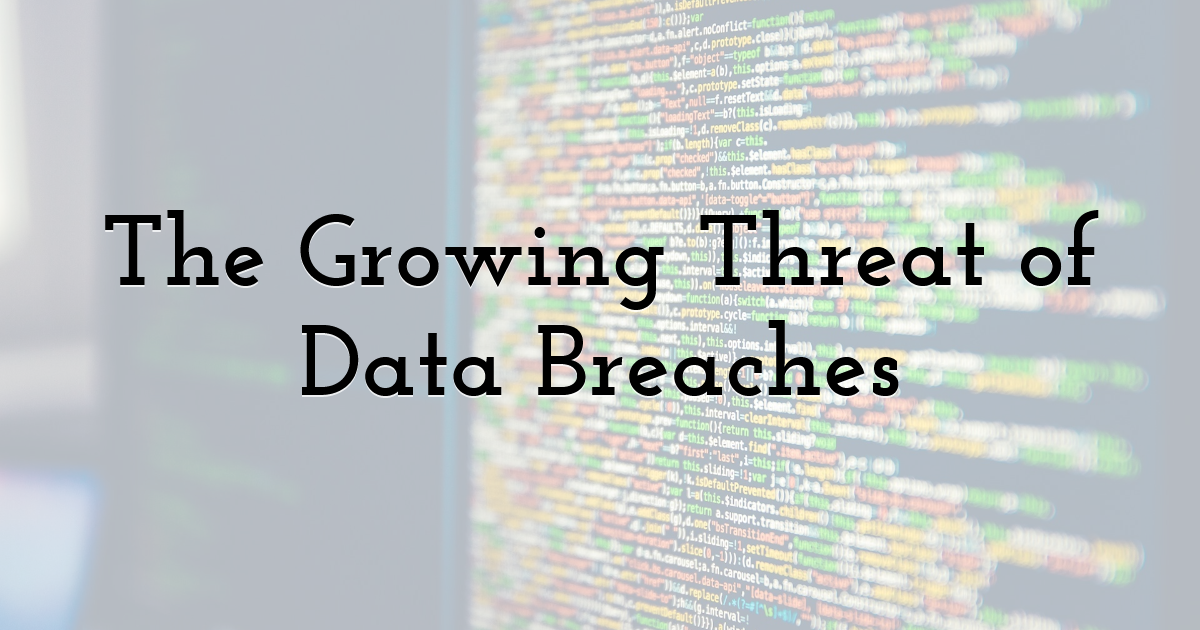
Data breaches remain the most significant concern in cloud security. Sensitive information stored in the cloud, including customer records and intellectual property, is a valuable target. A single breach can lead to reputational damage, regulatory penalties, and financial losses. Attackers often use phishing, credential theft, or exploiting weak authentication systems to gain access. Limiting exposure requires encryption, strong identity verification, and continuous monitoring of access patterns across the environment.
Beyond direct financial consequences, breaches undermine long-term trust with partners and clients. A carefully designed incident response plan, tested frequently, ensures that organizations can act decisively when a breach occurs. Periodic training on recognizing phishing attempts further reduces the likelihood of compromised credentials leading to a wider breach.
Identity and Access Management Challenges
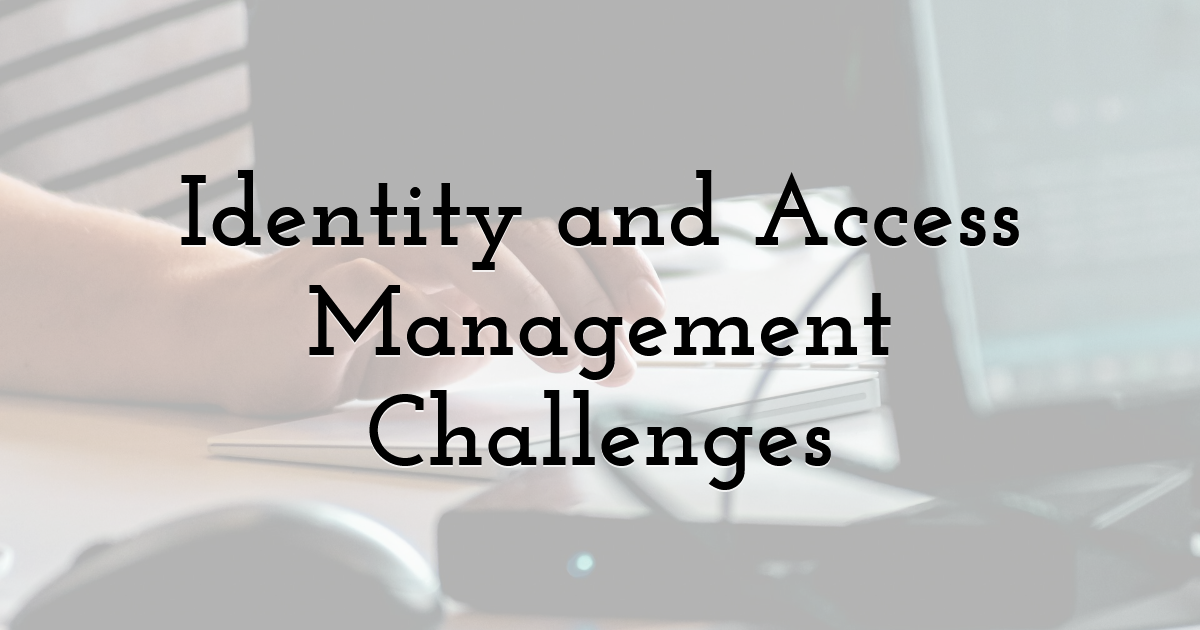
Ensuring that only the right people have the right level of access is a cornerstone of security. Weak or outdated identity practices expose organizations to account hijacking and insider misuse. Multi-factor authentication, role-based access, and regular reviews of user permissions are essential tools. Cloud environments also require integration across multiple platforms, which can create gaps if not carefully managed. A mature identity strategy reduces both external and internal risks by ensuring accounts are tightly controlled.
Organizations should also monitor privileged accounts continuously and rotate credentials on a set schedule. This makes exploitation harder and increases overall confidence in access management systems. Encouraging least-privilege access by default ensures that employees only access the resources they need.
Addressing Vulnerabilities in Cloud Systems

The speed of cloud adoption often leaves organizations struggling to patch and update their environments. Vulnerabilities in operating systems, applications, and containers are prime targets for exploitation. This is where Fortinet's approach to vulnerability security provides valuable guidance, emphasizing proactive identification and remediation of weaknesses before they can be abused. Regular scanning, automated patch management, and strong visibility across workloads are vital to limit exposure. The ability to prioritize vulnerabilities based on risk rather than volume helps organizations allocate resources effectively.
Integrating vulnerability management into DevOps pipelines also prevents issues from reaching production systems. This approach ensures that organizations can scale securely without sacrificing agility. Collaboration between development and security teams ensures that remediation is prioritized appropriately.
Compliance and Regulatory Pressures

Cloud security is not just a technical issue but also a regulatory requirement. Governments and industry bodies have introduced stricter standards around data protection and privacy. Organizations must demonstrate compliance with frameworks such as GDPR, HIPAA, or PCI-DSS when handling sensitive information. Failing to meet these requirements can result in fines and legal action. Building compliance into daily operations ensures both legal adherence and stronger overall security posture. Automated tools that map regulatory requirements to security controls reduce complexity for organizations operating across multiple jurisdictions.
Embedding compliance into culture, not just process, helps avoid last-minute audits and creates accountability throughout the organization. This mindset transforms compliance from a burden into a driver of stronger practices. Transparent reporting to regulators and clients also builds greater trust in security commitments.
The Rise of Zero Trust Architectures
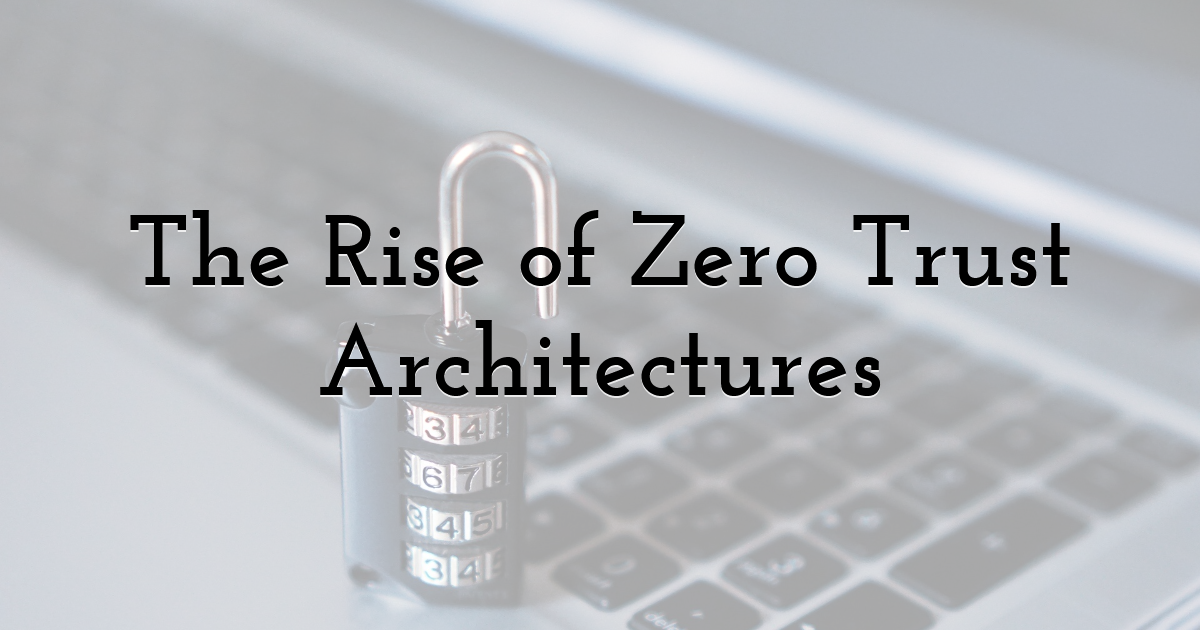
Zero Trust has become a defining trend in modern security strategies. Instead of assuming trust within a network, it requires verification for every access attempt, regardless of location. In cloud environments where resources are widely distributed, this model provides stronger protection against both external attacks and insider threats. Zero Trust requires segmentation, continuous authentication, and monitoring to be effective. While implementation may take time, it establishes a long-term framework for resilience.
Many organizations begin with phased adoption, such as protecting high-value assets first. Over time, this structured rollout delivers a comprehensive Zero Trust model without overwhelming teams at the start. Clear communication with staff about policy changes ensures smoother adoption and stronger buy-in.
Leveraging Automation and AI
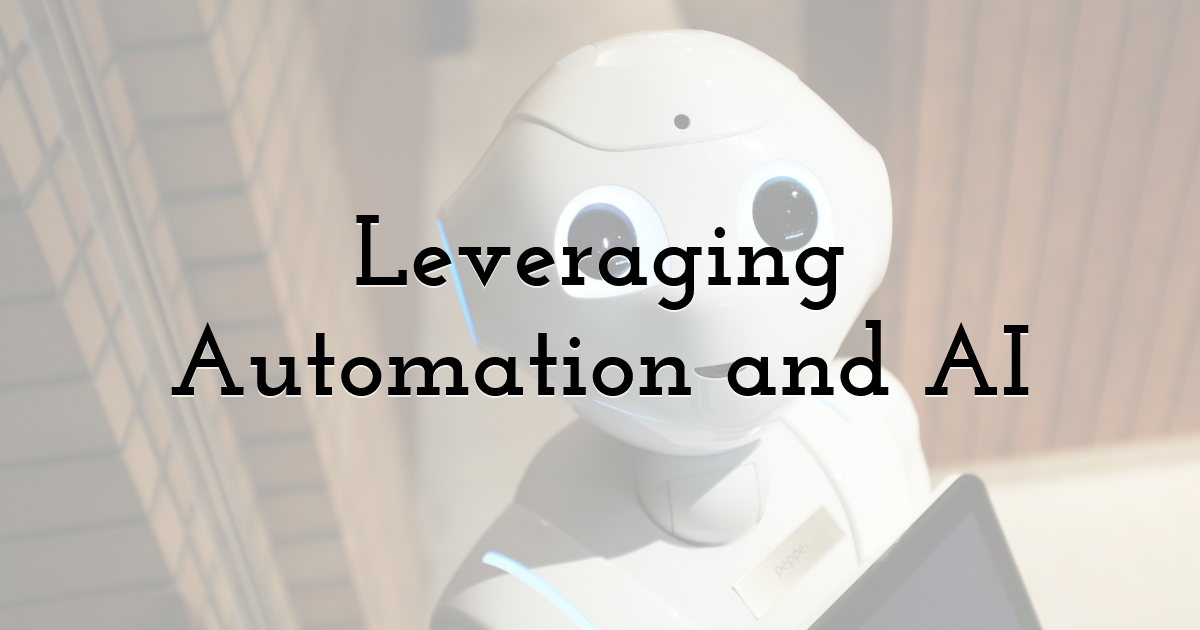
The scale of cloud environments makes manual monitoring impractical. Automation and artificial intelligence offer powerful tools for identifying anomalies, responding to incidents, and predicting potential attacks. Automated responses can stop threats before they escalate, while AI-driven analysis provides insights that humans might overlook. These technologies extend the reach of security teams, allowing them to focus on strategy while machines handle repetitive detection tasks. As threats grow in sophistication, automation becomes indispensable.
Training AI models on real-world data improves their accuracy and reduces false alarms. This creates a more efficient balance between machine-driven detection and human decision-making. Organizations that test AI in smaller environments before scaling benefit from improved confidence in deployment.
Building a Resilient Cloud Security Strategy
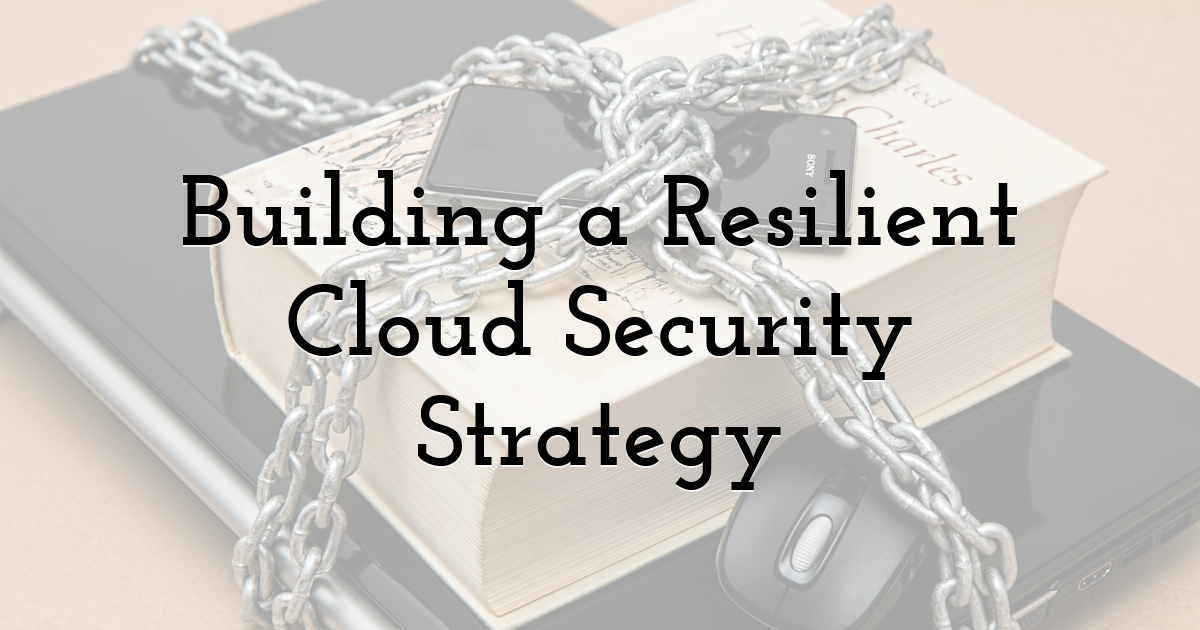
An effective strategy combines technology, processes, and people. Organizations must invest in training staff, enforcing clear security policies, and maintaining up-to-date defenses. Partnerships with cloud providers and security vendors strengthen resilience by sharing responsibility and expertise. Regular testing through simulations and audits helps ensure readiness for real-world incidents. A resilient approach accepts that risks cannot be eliminated but can be managed effectively through preparation.
Documenting lessons learned from each incident and updating playbooks accordingly ensures continual improvement. This cycle of preparation, testing, and refinement builds resilience that lasts over time. Organizations that track progress with measurable goals can better demonstrate security maturity to stakeholders.
Cloud security is an ongoing challenge that demands vigilance, adaptability, and proactive planning. By addressing risks, following emerging trends, and implementing comprehensive solutions, organizations can safeguard their most valuable assets in an increasingly digital world. Businesses that act early position themselves to reduce exposure, strengthen trust, and maintain operational continuity in uncertain times. Taking these steps consistently creates a culture where security is seen as integral to success rather than a separate obligation.
Until next time, Be creative! - Pix'sTory
Recommended posts
-

How to Keep Your Digital Projects Safe: Essential Security Tips for Creat...
Read More › -

How Secure Payments Enhance User Experience on Your Website
Read More › -

The State of Cloud Security: Risks, Trends, and Solutions
Read More › -
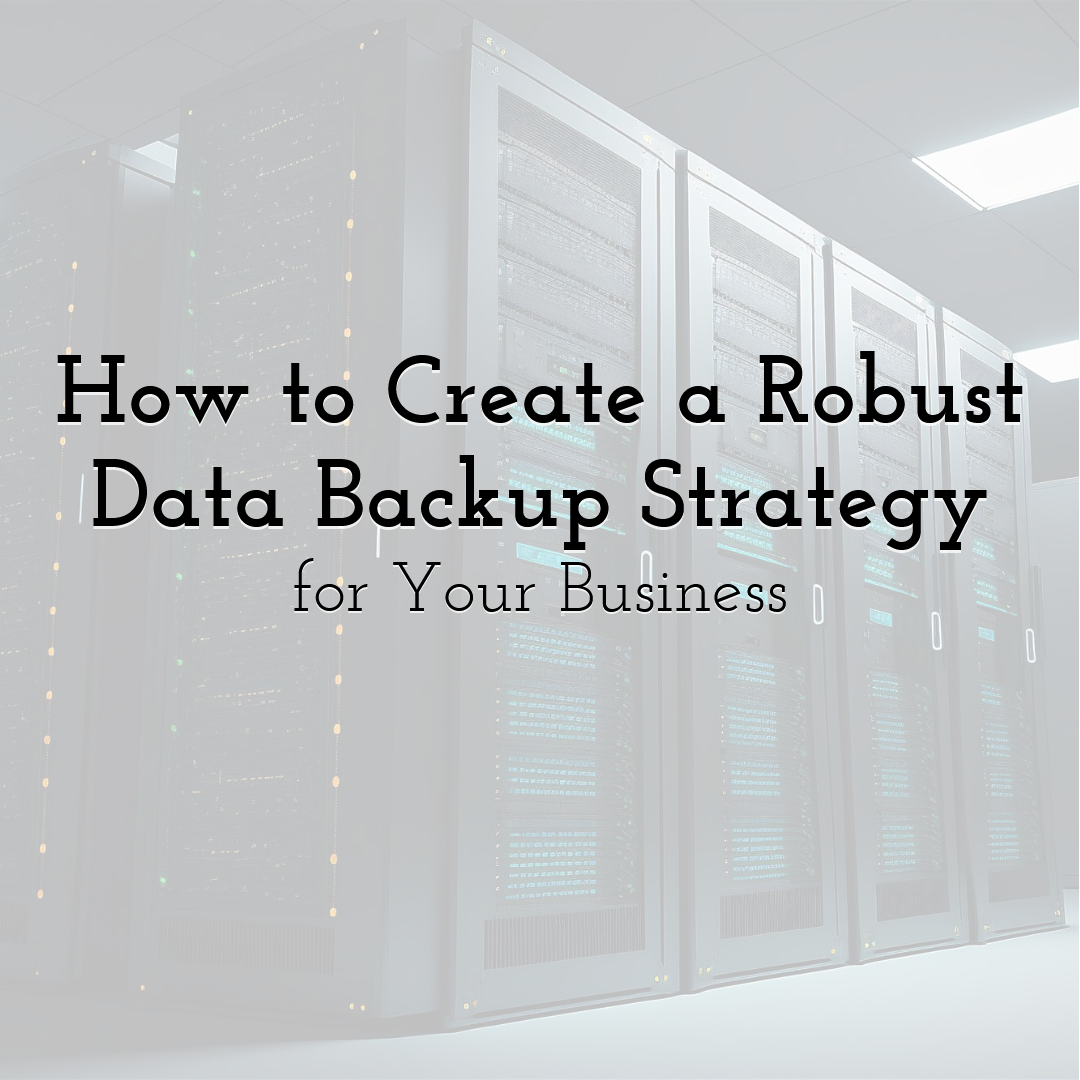
How to Create a Robust Data Backup Strategy for Your Business
Read More › -

Smart Visual Filters: Enhancing Online Safety with Automated Image Screen...
Read More › -

How Modern Security Software Keeps You Safe in a Digital World
Read More ›
